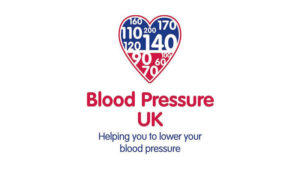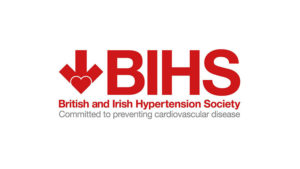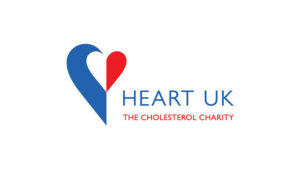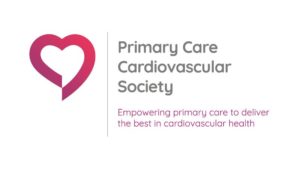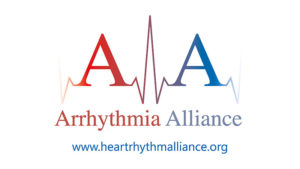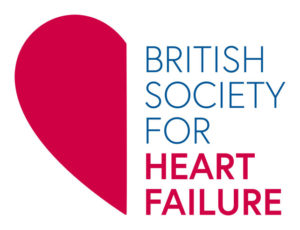Retinal artery occlusion (RAO) is a frequent cause of sudden, painless, monocular visual loss.Many patients with symptomatic RAO also have systemic vascular diseases that may increasethe risk of future ipsilateral hemispheric cerebral vascular events. For healthcare professionalswho assess patients with RAO, knowledge of the possible ocular and systemic causes may notonly improve the patient’s visual prognosis, but may also reduce its associated mortality andmorbidity by encouraging prompt and appropriate referrals.
Cardiovascular risk management: 8 Pharmacotherapy – improving the lipid profile
Epidemiological and clinical research has determined that lipids contribute substantially to cardiovascular disease (CVD) and that modifying the lipid profile has a significant impact on coronary events. These findings are reflected in continuously updated CVD management guidelines, which focus on low-density lipoprotein cholesterol (LDL-C) as the primary therapeutic target. The guidelines have further defined LDL-C levels to which patients should be treated. An individual’s eligibility for treatment, and their LDL-C treatment goal and intensity of therapy is determined by their absolute CVD risk. Lipid abnormalities can be partly modified by lifestyle changes, which are integral to reducing risk for all patients. However, as lipid goals are progressively lowered, many patients will not be able to achieve them using lifestyle changes alone and these patients usually require treatment with lipid-modifying drugs. This article aims to provide practitioners with a concise guide to managing lipids with pharmacotherapy, based on recommendations from six of the most up-to-date clinical practice guidelines for prevention of cardiovascular disease.
The importance of counselling in patients initiated on potentially nephrotoxic drugs
Measurement of renal function in patients starting on angiotensin-converting enzyme (ACE) inhibitors within one week after commencement of treatment or dose adjustment is compulsory, and failure to do so would be negligent.
Pharmacy-based health checks – acceptable and feasible
Pharmacists in the ethnically diverse city of Leicester piloted Healthy Life Checks in inner-city pharmacies, forpeople aged 40-74. Pharmacists conducted checks including blood pressure, weight and glucose measurementand gave lifestyle advice. We present here the findings from semi-structured telephone interviews conductedwith pharmacists and service users.
Cardiovascular risk management: 7 Lifestyle changes to reduce cardiovascular risk
Epidemiological research has clearly established that many risk factors contribute to cardiovascular disease(CVD). Some of them are modifiable, and treatment decisions are based on the level of risk determined by risk assessment. Positive lifestyle changes are crucial to the prevention and management of CVD, and can result in substantial risk reduction. These changes can include smoking cessation interventions, acardioprotective dietary pattern and increased physical activity. However, lifestyle changes are challenging forboth the healthcare professional and the patient, and behavioural counselling and regular follow-ups are often required to overcome barriers, encourage adherence and assist in the achievement of long-term lifestyle goals.This article aims to provide practitioners with a concise guide to the role and impact of lifestyle changesbased on recommendations from six of the most up-to-date clinical practice guidelines for prevention ofcardiovascular disease.
Dietary change post-MI – the key aspect of lifestyle change
Recent research suggests that post-MI patients are not being optimally managed. Awareness and implementation of guideline recommendations could improve outcomes in this patient group.
Vitamin D and cardiovascular health
Vitamin D deficiency is a prevalent and important health issue that warrants vigilant systematic screening and appropriate treatment and follow-up on the part of physicians, especially those in the primary care and cardiovascular fields. Although vitamin D deficiency has traditionally been associated primarily with bone disease, it is now clear that this is a multi-organ system disease. Epidemiological studies consistently show strong associations between vitamin D deficiency and bone disease, cancer and diabetes. Additionally, epidemiological evidence links vitamin D deficiency with cardiovascular risk factors, cardiovascular disease and mortality. Conclusive evidence to show that vitamin D supplementation improves cardiovascular prognosis is currently lacking, although randomised trials are under way to address this issue. In this article we review the sources and metabolism of vitamin D, the epidemiology of vitamin D deficiency, and the available evidence linking vitamin D deficiency to cardiovascular disease; and we suggest an approach to systematic screening and to treatment of vitamin D deficiency.
Understanding the impact of statin titration: a modelling approach
Introduction: Clinical guidelines specifying target cholesterol levels may require dose titration strategies for patients who do not reach target. We describe a model that simulates cholesterol and cardiovascular risk reductions for different populations, therapies, titration steps and targets.
Looking back, looking forward: reflecting on the winter season and the demise of the PCCS
The message regarding eating less has come across loud and clear this year, but there has been plenty to worry about over the last twelve months. The demise of the Primary Care Cardiovascular Society (PCCS) has been on my mind. I was saddened to attend an Extraordinary General Meeting in January 2012, when it was decided to wind up the Society with honour due to declining funds and concern that this situation was likely to deteriorate for the foreseeable future. The closure of the PCCS is a great blow to all of us interested in promoting and improving the prevention and management of cardiovascular disease in our communities.
Atrial fibrillation and stroke: Optimising prevention and treatment
Uniquely, AF is an eminently preventable cause of stroke with a simple and highly effective treatment. AF is common and affects over 600,000 patients in England (1.2%). It is a major predisposing factor for stroke, and strokes caused by AF can be particularly severe and disabling. The annual risk of stroke is five to six times greater in AF patients, but […]
Effective management of atrial fibrillation
Atrial fibrillation (AF) is the commonest sustained cardiac arrhythmia, and has a significant impact on morbidity and mortality. Treatment is tailored to the individual. This article will review the rhythm-management strategies for patients with atrial fibrillation, and discuss the roles of secondary and tertiary care.
Management and early treatment of transient ischaemic attack (TIA)
The White Paper, Saving lives: our healthier nation (1999), set out a target to reduce the death rate from coronary heart disease and related illnesses such as stroke by 40% in the under-75s by 2010;1 recent trends indicate that this target will be met. Although the past forty years have seen a significant reduction in age-standardised stroke mortality rates, stroke still accounts for around 53,000 deaths each year in the UK, with more than 9,500 of these occurring in the under-75s.2 This article reviews how we might reduce the huge burden of stroke by improving the management of transient ischaemic attack (TIA).




